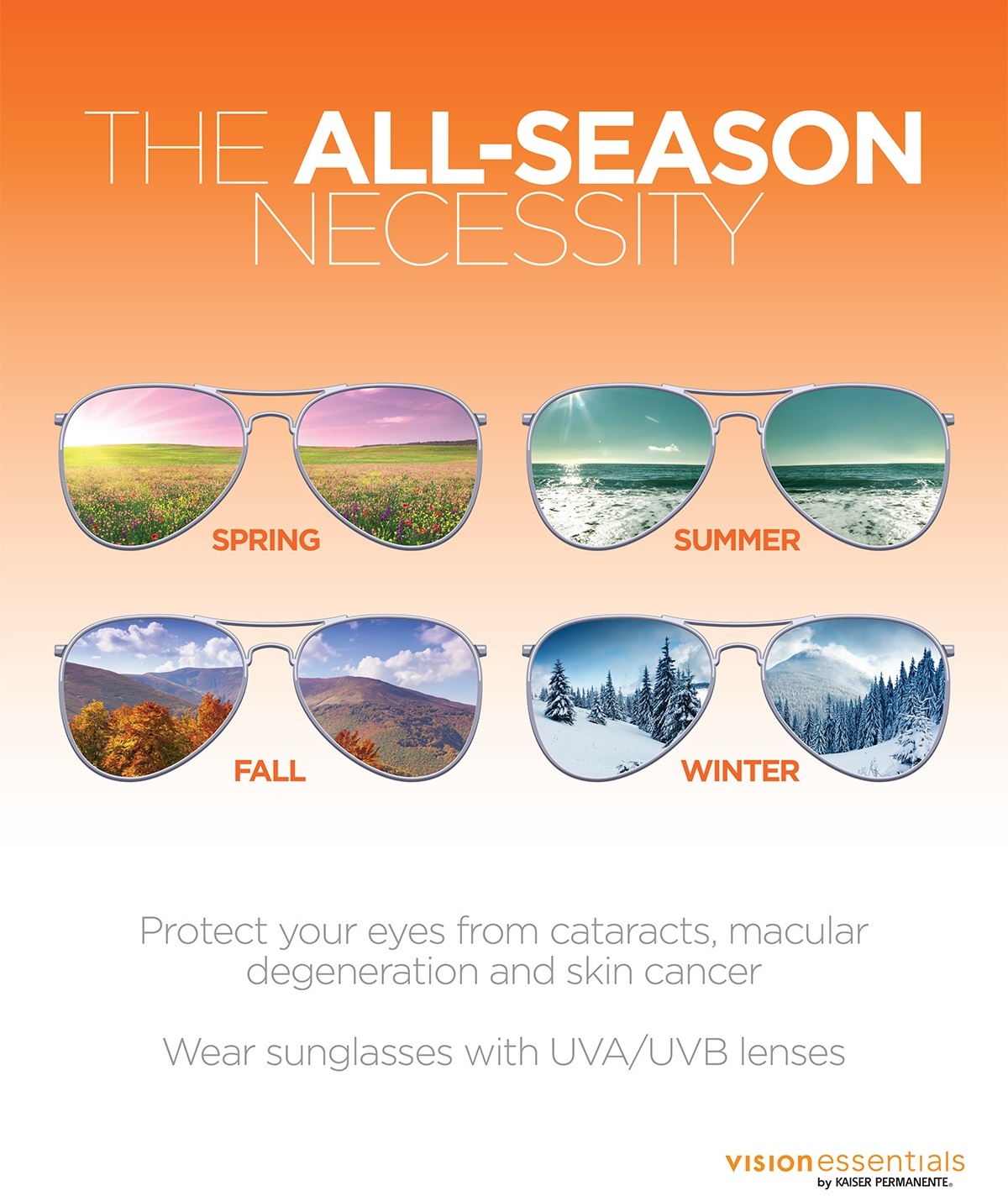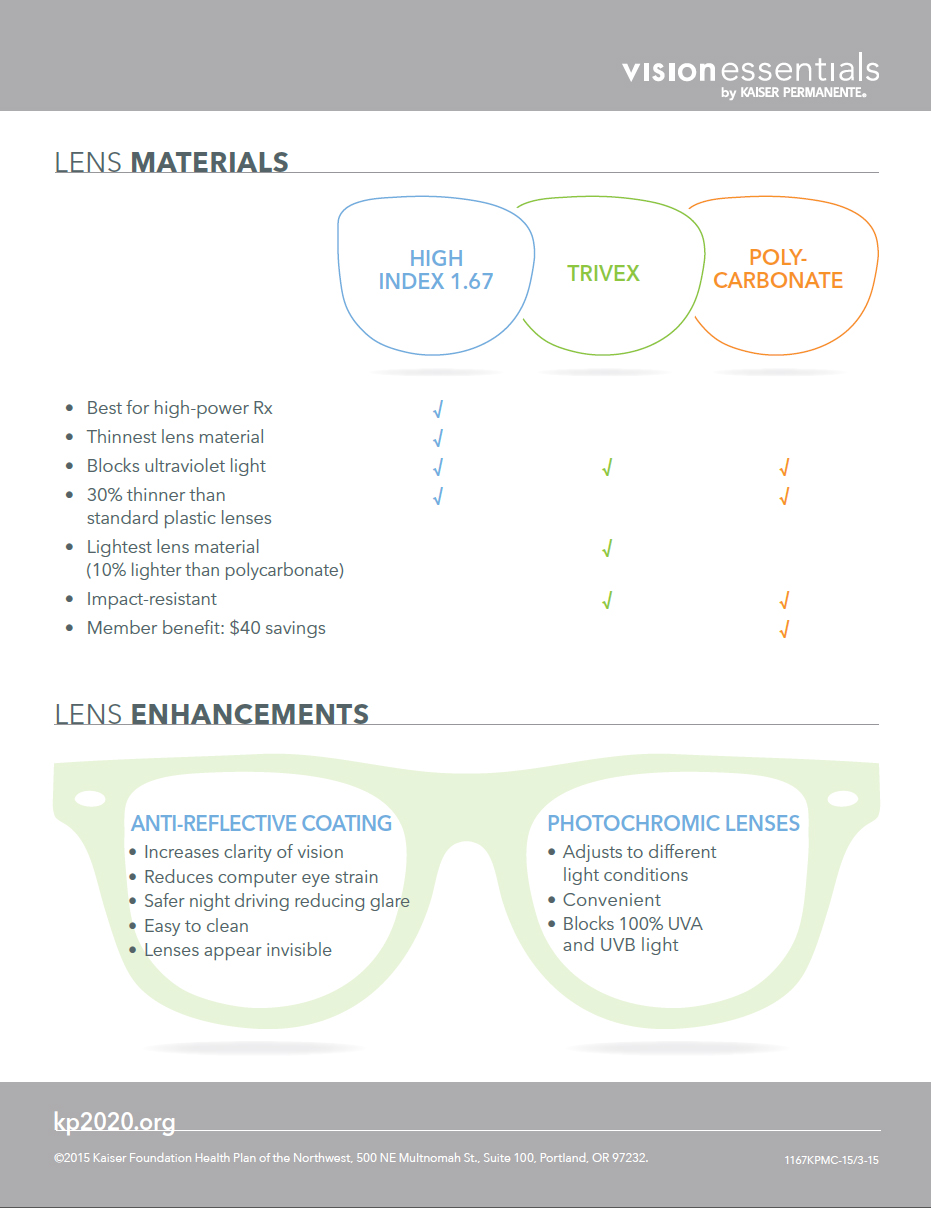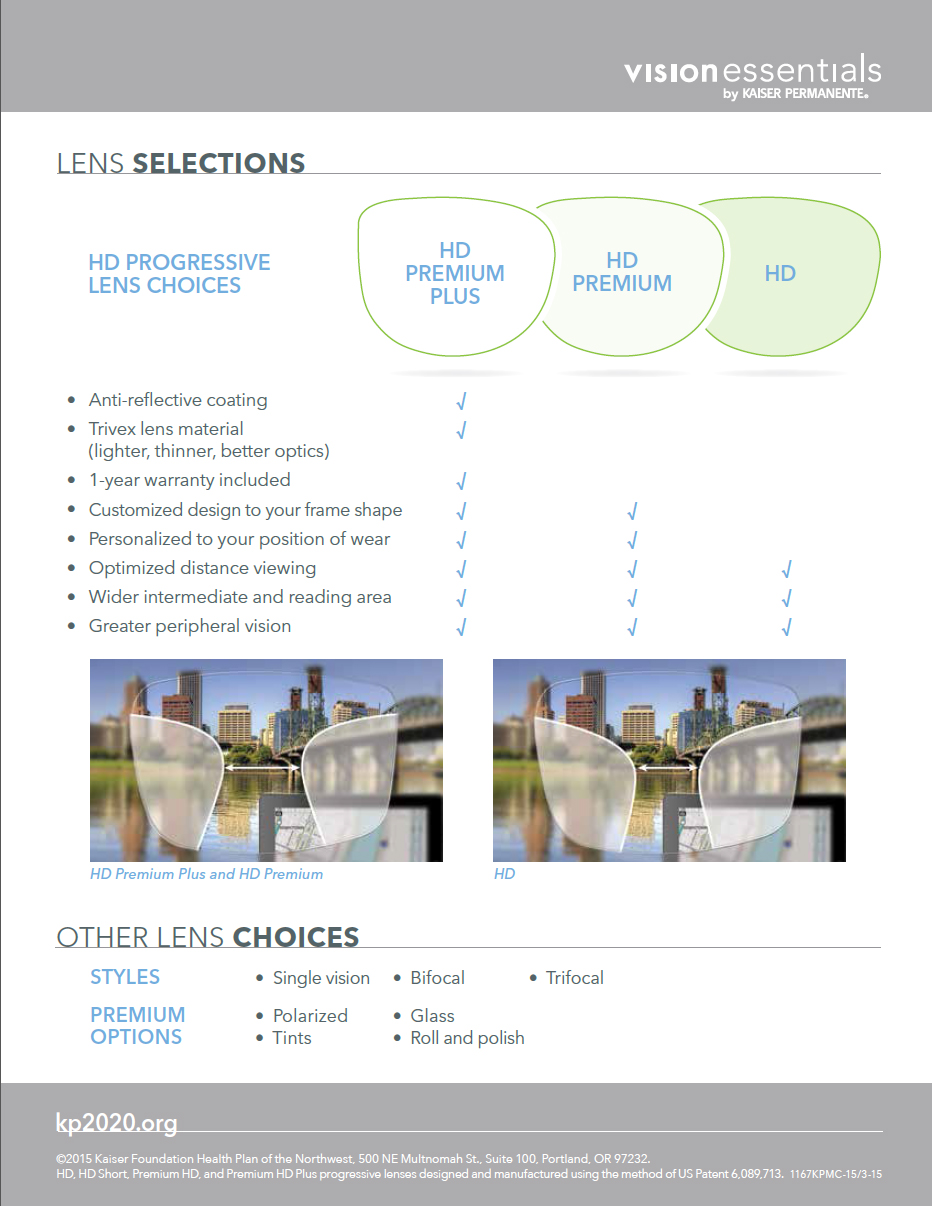Eye Care Information
Your vision is one of your most important senses. Your Kaiser Permanente eye care professionals are dedicated to helping you keep your eyes healthy and your vision sharp. The articles and videos below offer information on what to expect at an eye exam, how to select a frame, choosing sunglasses to suit your face and lifestyle, understanding of your lens choices, and helpful tips on contact lens wear.
Click below to learn more.
EYE HEALTH

First time to the optometrist or are you a regular patient? Being prepared and knowing what to expect are the keys to receiving quality services. Try to arrive 15 to 20 minutes early to allow time to check in and fill out any new forms that may be required.
At the time of your eye exam, you should be ready to discuss with your doctor: your visual needs at work; recreational activities and hobbies, including sports participation; home and garden chores; and any problems you are having with your vision. The doctor will use this information to recommend the most appropriate lenses for your lifestyle needs.
Let your doctor know if you are interested in contact lenses . Fitting contact lenses may involve coming back for a special fitting appointment at another time. If you already wear contact lenses, wear your contacts to your appointment. Bring your eyeglasses and any information about your current contact lenses that you have, such as boxes, vials and your last prescription.
The optometrist will perform a series of tests and examinations to see if the internal and external structures of your eyes are healthy. Conditions that can be detected during your eye exam include cataracts*, glaucoma*, and macular degeneration*.
To determine what prescription power you will need for each eye, your doctor will then have you look through a refractor. The optometrist will switch back and forth, placing different lenses in front of your eyes, asking which is clearer, one or two.
Sometimes it may seem there is no difference at all or only a very slight difference. With so many choices, you may feel unsure of your answers. This is perfectly normal. Here's an example of why this system works so well.
While your visual system may have difficulty determining the exact height of a person standing alone, if there are two people standing side by side, it becomes very easy to determine which person is taller. In the same way, you may find it easier to determine which vision choice is better by comparing two different choices than if your eyes had to look at each choice, one at a time.
After your prescription has been determined, you will receive a written prescription for your lenses. You will then be directed to our Optical Services Department to choose your frames and lenses.
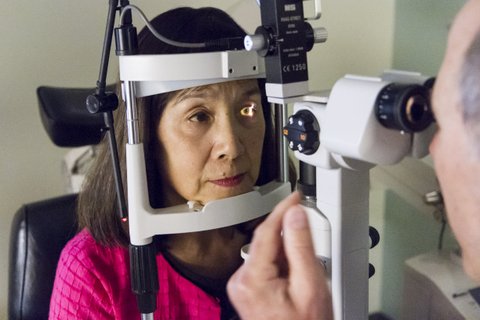
Dilated eyes allow the optometrist to look at the peripheral area of the inside of the eye.
Not every patient needs to have a dilated examination. When dilation is necessary this is what you can expect.
Drops will be placed in each eye to enlarge the pupil (the black portion in the center of the eye's iris). This allows the optometrist to look at the inside of the eye. You will be asked to wait for your eyes to respond to the drops and the pupils to fully dilate. Then your eyes will be examined for signs of any health problems.
Vision Care Terms:
- CATARACT - is a clouding of part or all of the lens inside the eye, resulting in blurred or distorted vision.
- GLAUCOMA - is a disease in which the internal pressure in the eye builds up because of problems with the out-flow or drainage of fluid within the eye, damaging the optic nerve and causing partial or total loss of sight.
- MACULAR DEGENERATION - is the loss of central vision as a result of changes, often related to aging, in the macula - that portion of the retina responsible for sharp, clear central vision.
Video Library
Kaiser Permanente Eye Care manages a wide range of eye conditions such as cataracts, glaucoma, macular degeneration,
diabetic eye disease, eyelid disorders, and pediatric optometry/ophthalmology.
Click on the title of the video group you are interested in to see more, and ask your Eye Care physician if you have other questions.
Eye Condition Videos
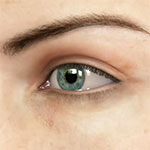
Age Related Macular Degeneration (ARMD)
- Macular Degeneration: Overview
- Macular Degeneration: Dry Form
- Macular Degeneration: Wet Form
- Macular Degeneration: Treatment Overview
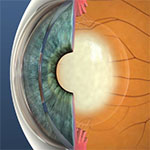
Cataracts
- Cataracts: Overview
- Cataracts: Type - Nuclear Sclerosis
- Cataracts: Type - Cortical Spokes
- Cataracts: Type - Post Subcapsular
- Cataract Surgery: Traditional
- IOL: Introduction
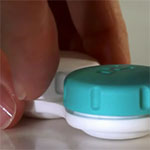
Contact Lenses, Dry Eye
- Contacts: Application Preparation
- Contacts: Application (Soft)
- Contacts: Removal (Soft)
- Success with Contact Lenses
- What is Dry Eye?
- Dry Eye: Treatment Overview

Diabetic Retinopathy
- Diabetes: Overview
- Diabetic Retinopathy: Overview
- What is Low Vision?
- Diabetic Retinopathy: PDR
- Diabetic Retinopathy: Treatment Overview
- Importance of Routine Eye Exams for Diabetics
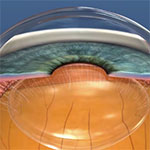
Glaucoma
- Glaucoma: Overview
- Glaucoma: Primary Open Angle
- Glaucoma: Type - Closed-Angle
- Glaucoma: Type - Narrow-Angle
- Glaucoma: Treatment Overview
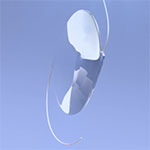
Intraocular Lens (IOL)
- IOL: Introduction
- IOL: Monofocal Lens - Overview
- IOL: Multifocal Lens - Overview
- IOL: Accommodative Lens - Overview
- IOL: Toric Lens - Overview

Meibomian Gland Dysfunction
- Meibomian Gland Dysfunction: Overview
- Meibomian Gland Dysfunction: Treatment Overview
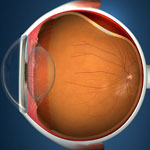
Retinal Conditions
- Vitreous: Floaters
- Vitreous: Detachment
- Retinal Tear: Overview
- Retinal Detachment: Overview
- Macular Pucker: Overview

Children are screened from birth for eye disease and vision problems by their pediatricians during their regular periodic visits. Parents are an important part of this process and need to let the pediatrician know if they notice anything unusual about their child's eyes or vision. The most common eye problems of childhood are strabismus and amblyopia.
Strabismus refers to a crossed or turned eye. This condition tends to run in families, but can also occur spontaneously. Strabismus may require eyeglasses, or much less commonly, surgery.
Pseudostrabismus refers to the very common situation where a child appears to have eyes that turn in due to a wide band of skin at the immature bridge of the nose. As the nose grows out, the appearance corrects itself.
Amblyopia or "lazy eye" refers to an eye that doesn't develop vision equal to the other eye because it's deprived of visual input. This deprivation may be due to the eye being turned in or out, a droopy lid blocking light from entering the eye, or from a very different eyeglass lens prescription compared to the other eye. Treatment of amblyopia may require "patching," eyedrops, or eyeglasses
Children, even infants, may require eyeglasses to correct vision problems. Fitting children for eyeglasses is challenging and requires a wide array of suitable frames and an experienced staff. Our highly-trained Kaiser Permanente Optical staff loves to assist these special patients.
Just like our skin, your eyes need protection from the sun's harmful UV rays. Wearing the right lenses can help prevent cataracts,macular degeneration, and skin cancer around eyes.
Sunglasses aren't just stylish. Protecting your eyes from the sun is important to your overall health. That's why everyone-children,teens and adults-should have good quality sunglasses.
Frames and Lenses

At Vision Essentials we have something in every price range and something for every style. Our Expert Opticians will help you with your fit, style and vision needs.
_0496.jpg)
Your eyewear is both a medical necessity and a fashion accessory. You will want to allow sufficient time after your eye exam to select the right frame for your face and personality.
After your eye exam, you will be directed to our Optical Center to select your frames and lenses. The receptionist will check your eyewear benefits and invite you to look at the display of frames while you wait for the optician to assist you. Our Optical Centers carry name-brand frames in hundred of styles. Whether you are looking for the lightweight strength of metal frames or the bold color of plastics you’ll have the latest styles from Ray-Ban, Coach, Calvin Klein and other famous designers to choose from.
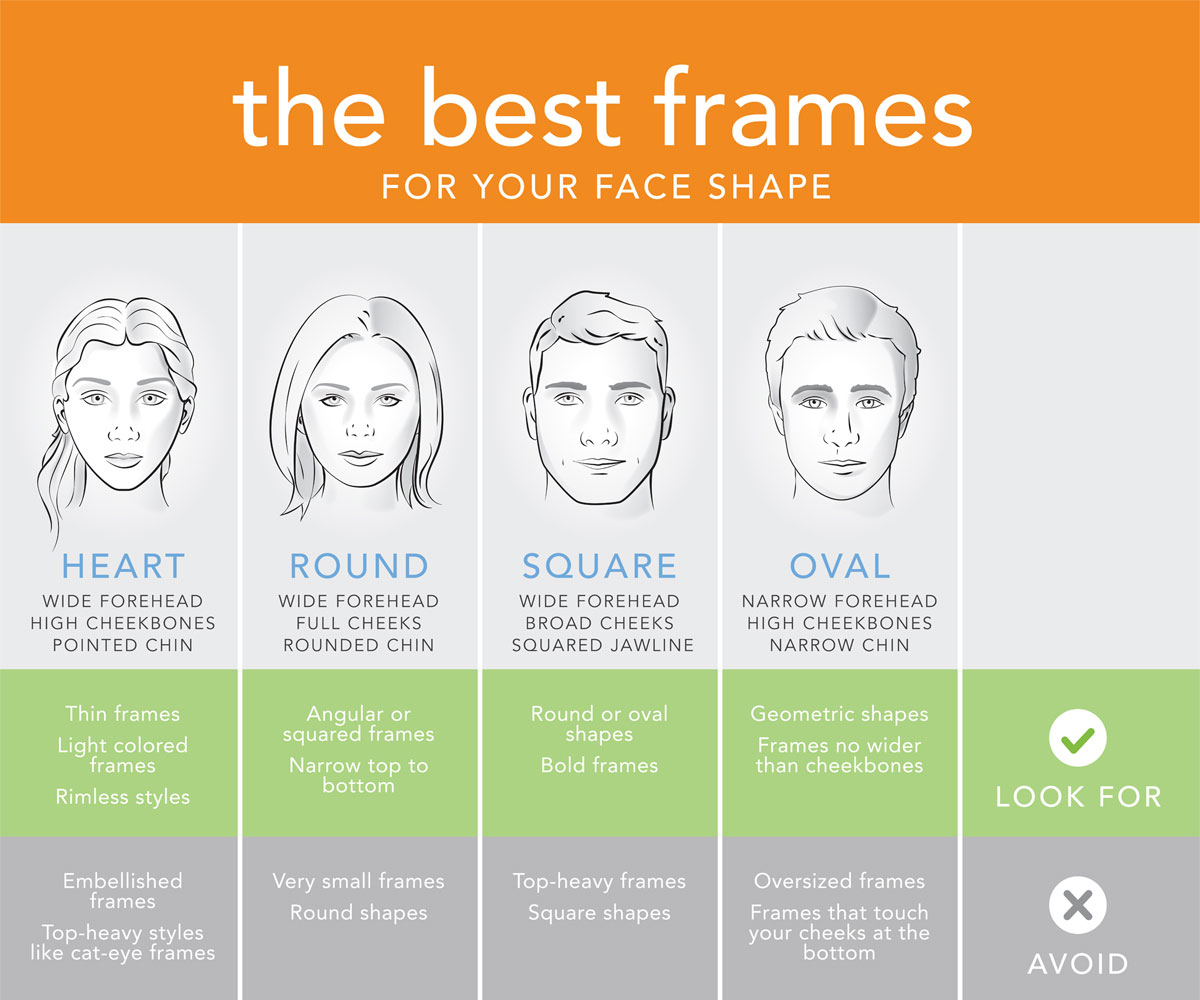
Your eyeglasses are both a medical necessity and a fashion accessory. You will want to allow plenty of time after your eye exam to select the right frame for your face and personality. Here are a few of your options when it comes to picking out your new frames: material - plastic, metal, titanium; shape - round, oval, rectangular, cat eye; color - silver, gold, bronze in metals or any of the colors of the rainbow in plastic.
With a wide variety of new styles and products from which to choose, you can change your image, simply by choosing the best frame style for your face.
After your eye exam you will be directed to our Optical Center to select your frames and lenses. The receptionist will check your eyewear benefits and invite you to look at the display of frames while you wait for the optician to assist you.
Choosing frames that complement your face and skin tone is an important part of selecting your eyewear. By selecting a specific shape of eyewear you can actually accentuate your best facial features while downplaying less-attractive features.
You will want to make several frame selections as some of your choices may not be appropriate for your prescription. You may need a second pair of glasses for sunwear or one pair of glasses for everyday wear and one pair for sports activities.
Contact Lenses

Re-Order Contacts Online
Ordering contacts online is easy and convenient
You can easily re-order your contact lenses online through this vision essentials site.
Your new lenses are just a few clicks away.
There are a number of reasons why some people prefer contact lenses over standard eyewear: a glasses-free look - contacts provide vision correction without placing a pair of glasses on your face; hassle free - once in your eyes, contacts require less maintenance throughout the day than glasses and they are more versatile - contacts may make it easier to participate in a number of outdoor activities and sports such as jogging, golf, tennis or basketball: fun - colored contacts are a fun way to enhance your natural eye color or change the color of your eyes all together. Contact lenses might provide improved vision for people with high-strength prescriptions or astigmatism.
Once you've decided you want to try contact lenses, you will need to schedule a contact lens appointment. Your optometrist will recommend contact lenses for your eyes based on a complete vision examination and a review of your visual needs at work and at play. A $30 contact lens evaluation fee will be charged (in addition to a co-pay) and will cover follow-up lens visits for up to 3 months.
Being able to wear contact lenses successfully depends upon your motivation and commitment to take proper care of both the lenses and your eyes.
GOOD CANDIDATES FOR CONTACTS will have: realistic expectations about contact lens wear; a desire to wear them; the ability to follow directions regarding care and cleaning; a prescription that lends itself to contact lenses; and no additional eye health problems.
At the contact lens appointment, an evaluation will be made to determine the appropriate starter lenses. Contact lenses are fit to each individual person and follow up appointments are needed to ensure appropriateness. At your final appointment with your optometrist, you will be given your contact lens prescription.
Current contact lens wearers should bring a copy of their most recent, signed, contact lens prescription. If you have not had a recent eye exam (within 12 to 24 months), or do not have a copy of your contact lens prescription, your doctor will require a new eye examination to evaluate the health of your eyes and to determine the type of contact lenses best suited for you.
Contact lenses are available in a variety of materials and wearing schedules. Since most people can wear more than one type of lens, it's important to know what the choices are and the advantages and disadvantages to each type.
SOFT LENSES - Soft contact lenses are comfortable to wear almost from the start. Replacement schedules can vary from once a year, quarterly, monthly or weekly. For the optimum in convenience, daily disposable soft contacts are discarded everyday, completely eliminating the need to clean and disinfect. Soft lenses are recommended for sports because they fit closer to the eye and are difficult to dislodge. They are available in daily wear and extended wear.
COLOR CONTACTS FOR A CHANGE Enhance your eye color or even change it completely with colored soft contact lenses. They are fun, exciting, and come in a variety of colors for both light and dark eyes. Ask your eyecare professional about colored contacts.
RIGID GAS PERMEABLE (RGP) LENSES - RGP lenses are made of slightly flexible plastics that offer sharp vision and correct most vision problems. They are more durable than soft lenses and easier to care for but require a longer adaptation period and consistent wear to maintain adaptation.
Regardless of the type of contact lenses you wear, a periodic eye exam is recommended.
Contact Lens Video Library
We offer a wide range of contact lenses to fit even the most challenging prescriptions.
These contact lenses incorporate some of the latest technology from the largest contact lens companies.
For additional information on contact lenses, view the videos below or send us a message on Kp.org.
Contact Lens Videos

Contact Lenses, Dry Eye
- Contacts: Application Preparation
- Contacts: Application (Soft)
- Contacts: Removal (Soft)
- Success with Contact Lenses
- What is Dry Eye?
- Dry Eye: Treatment Overview
Kaiser Permanente is excited about our newly reduced fee associated with the professional services for the evaluation fitting and follow-up care associated with contact lenses. Our members can take advantage of the best technology to achieve their optimal eye health by having the option of choosing the newest contact lenses to improve their vision, eye health, and comfort at an affordable price.
What to except when checking in for a routine contact lens eye appointment
Members 19 and older will be charged a fee of $30.00 at time of check-in, (in addition to their office copay).
The $30 fee will cover the evaluation and fitting of contact lenses and 3 months of follow-up care. For additional information on contact lens fees related to the evaluation, fitting, and follow-up care, please reference your health plan evidence of coverage exclusions.
Nervous? Don’t be. Putting contact lenses on and taking them off is easier than you might think.
Watch this quick video tutorial on how to safely put on your contact lenses.
Watch this quick video tutorial on how to safely take off your contact lenses.
Left your contacts in too long? Not a good idea
